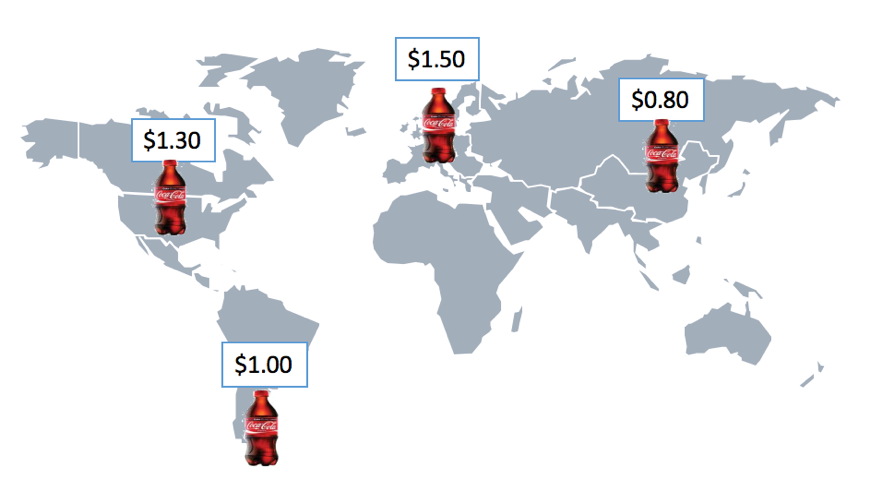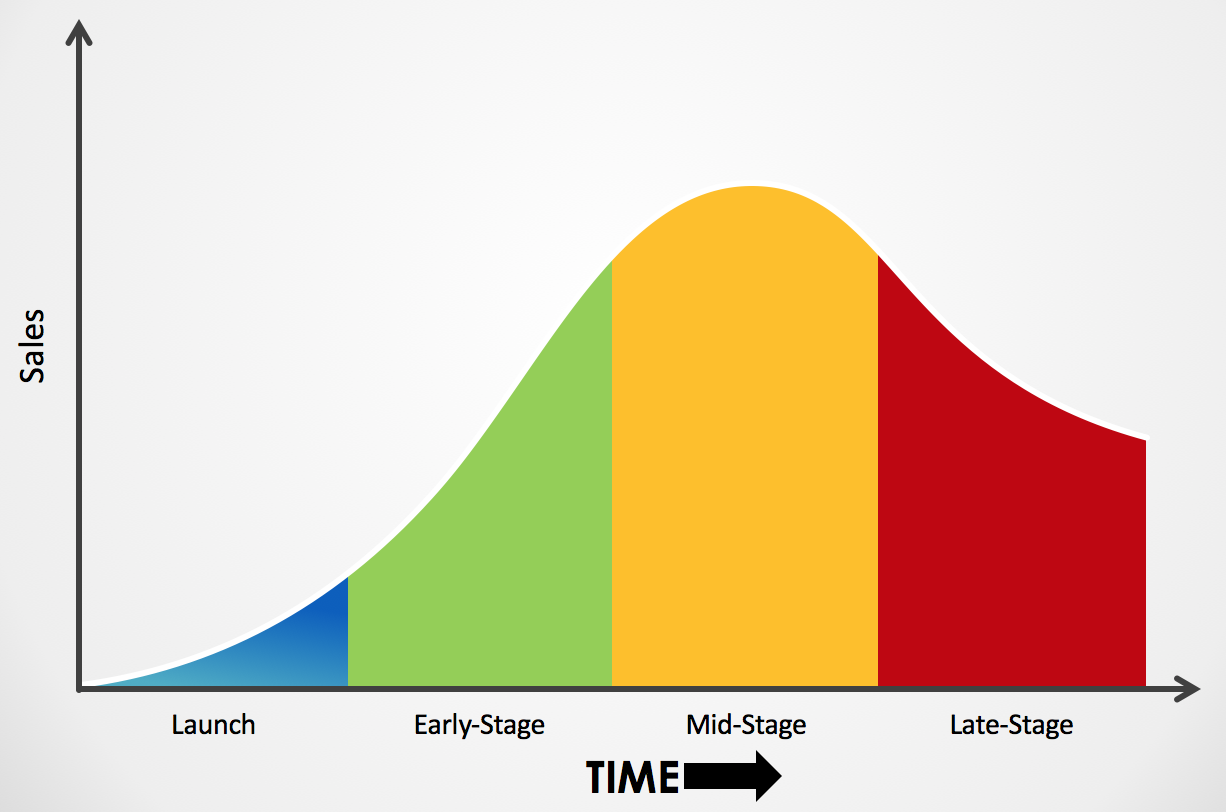Enhancing Dynamic Pricing with Market Insights
 PriceBeam
·
1 minute read
PriceBeam
·
1 minute read

Dynamic pricing is all the rage among pricing experts these days. It looks at building models for adjusting prices dynamically, based on various inputs, from who the customer is, to their purchase patterns, market conditions and a wealth of other factors. Dynamic pricing has been used a long time in the travel industry, e.g. when the airline fare goes up or down depending on demand, from where people are booking, availability and popularity, and much more.
Dynamic pricing is very powerful as it allows companies to set the (right) price depending on demand or internal constraints. It also in theory allows for adjusting to differences in willingness-to-pay, even if this is a grey area in the jurisdictions where price discrimination (different prices to different customers for no objective reason) is not permitted. Dynamic pricing means you can adapt quickly to differences in stock, or scarce capacity of certain resources. It also allows for quickly updating prices if costs change so much that profitability would otherwise be in jeopardy.
Dynamic models in their simplest form, basically take a starting point and then add various factors, either internal or external, and then arrive at the final price for the given situation/quote/customer/website update/etc.

Having solid market research about willingness-to-pay can enhance dynamic pricing models. Willingness-to-pay data, especially when collected for different segments, and both own products and competitive products, can help enhance the dynamic pricing. WtP data can be one or more factors in a model like the one above, and therefore have an impact on what the final price is for a specific segment, or for a specific concept that previously has been tested through market research.
But wait, if dynamic prices mean new prices all the time, do I also need to conduct market research all the time too? No, is the short answer. Factors in a dynamic pricing model often stay constant for weeks or months. So in practical terms you can still use market research willingness-to-pay insights that was done 6 or 12 months ago, and still achieve great results. Generally, we recommend updating WtP insights at least once a year.
If you want to learn more about how you can build a dynamic pricing model and use market research insights to make it more accurate, get in contact with us.
.png?width=400&height=100&name=PBLogoTransparent%20(1).png)



